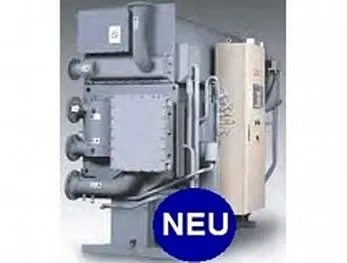The absorption processes in refrigeration
Applications
The absorption processes in refrigeration
The absorption processes
In the refrigerator process, there is a step where the refrigerant leaves the evaporator at low temperature and low pressure and is transformed into high temperature, high pressure steam. This allows cooling water to use higher temperature.
For a compression chiller, this step is done by the compressor. The refrigerant
Contents
Service Ad
Industrial refrigeration
RÜTGERS GmbH & Co. KG
Helmertstraße 19-21
68219 Mannheim
Germany
Jobs










